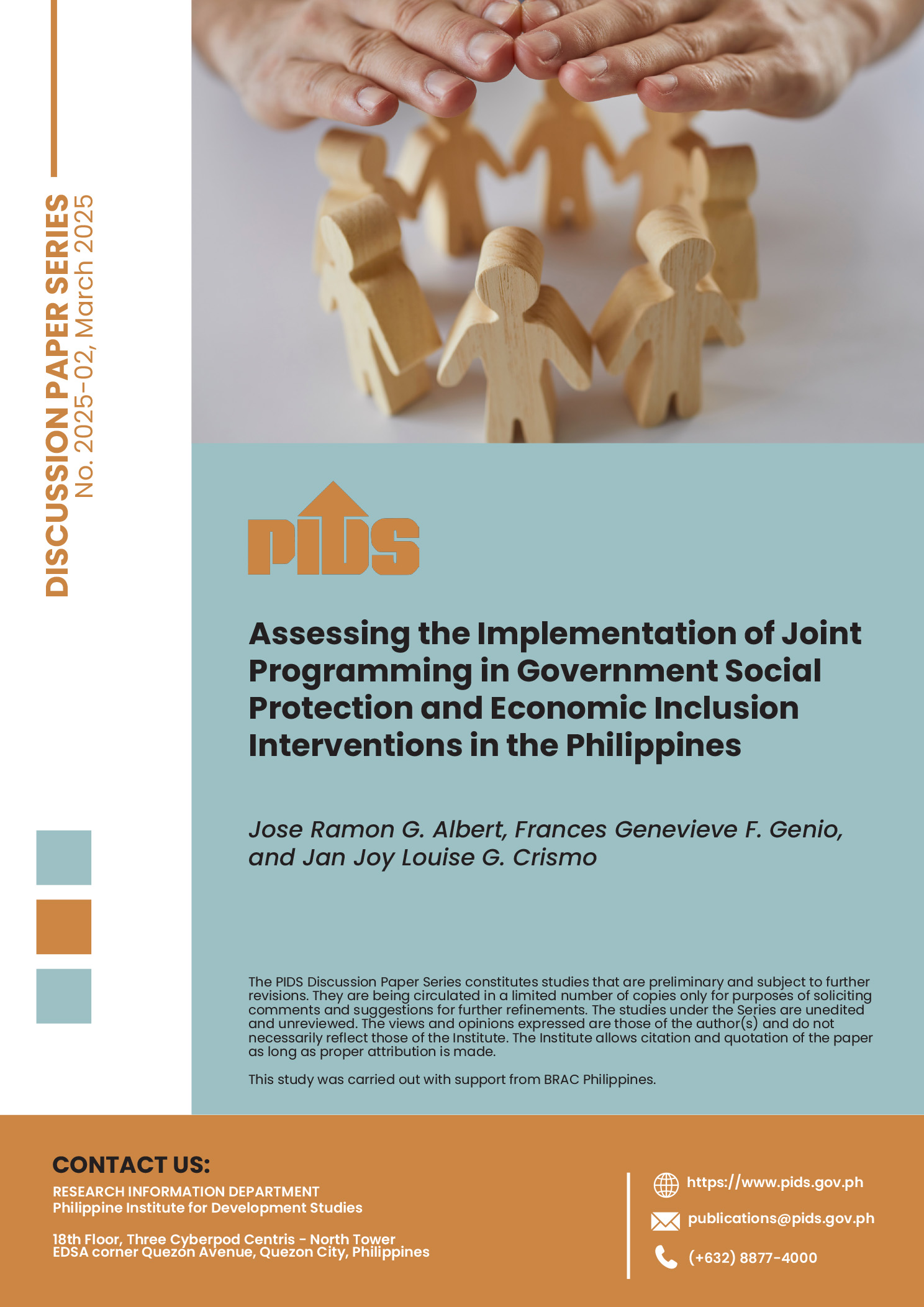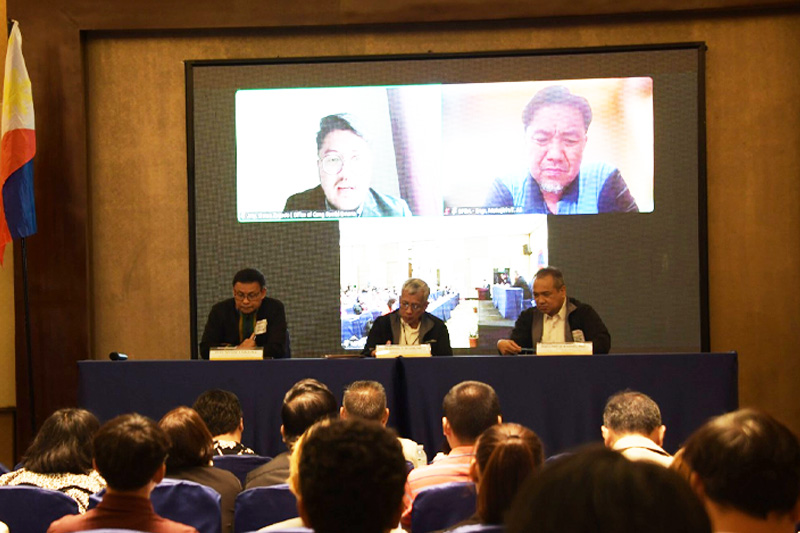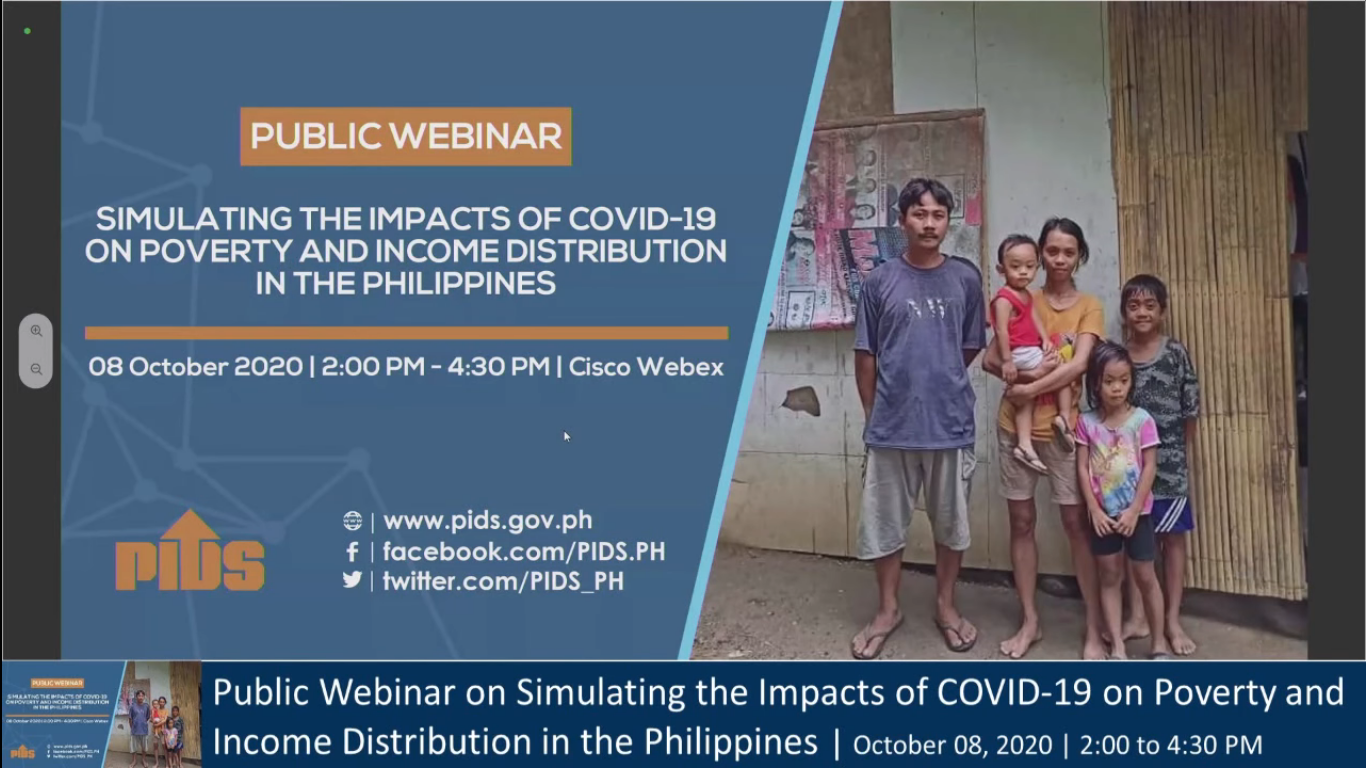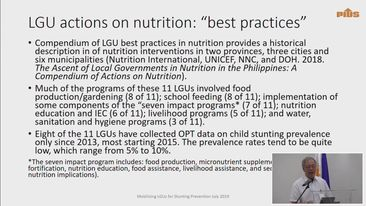THE Philippines may have chalked up impressive growth last year, but it was not enough to reduce poverty, Economic Planning Secretary Arsenio Balisacan admitted on Monday. The economy grew by 7.2 percent in 2013, outperforming other countries in Asia.
The failure to bring down the number of poor Filipinos prompted the government to roll out an updated Philippine Development Plan (PDP), which aims to achieve inclusive growth during the remaining term of office of President Benigno Aquino 3rd.
Balisacan, who is also the secretary general of the National Economic and Development Authority (NEDA), said the country is "on track with respect to our economic targets, particularly in achieving rapid growth.” However, he noted that such economic growth is "not sufficient for poverty reduction.”
He said it will take decades to root out poverty in the country. Balisacan said bringing the poverty level down to 16.6 percent from 25.2 percent in 2012 is "an even bigger challenge” than lowering the level of unemployment and underemployment. "There is no country in the world in the history of nations that has reduced poverty significantly and over time without sustained economic growth. What we want to do and what we are proposing to achieve here is to ensure that the rapid economic growth that we have been achieving will redound to quicker and faster poverty reduction,” he told reporters.
Balisacan’s admission came following a study by the Philippine Institute for Development Studies (PIDS), which showed that the Philippines will not attain its Millennium Development Goal target to reduce poverty by 2015.
Roehlano Briones, PIDS research fellow, said poverty incidence may decline by 3.3 percentage points in 2015, which is "far below” the MDG target of 8.6 percentage points.
"Poverty will be lower by 7.8 percent by 2025. What will be attained, but only by 2025, is a 2.7 percentage point reduction in extreme poverty, sufficient to attain half of the 1991 level,” Briones said in his study. Balisacan admitted that the poorest families, especially in the provinces, have been left behind.
"Some cities or provinces have been experiencing economic growth, but the poorest families are being left behind perhaps because the growing sectors do not require the goods or services that the poor can provide. Worse, migrants are being attracted into these cities or provinces, but they too, are unable to participate in the growth process,” he said.
According to him, the key to reducing poverty "is to directly address the constraints faced by the poor, set against a backdrop of rapid and sustained growth.”
This would entail skills training of people from low-income households in poor provinces so they can take advantage of employment opportunities. "We need to improve the skill sets of these poorest families, undertake more aggressive employment facilitation for better job-skills match especially concerning the poor,” Balisacan said. These strategies will require a "narrow targeting” where the beneficiary should be "known by name,” he said.
The government, he said, will make use of the data from the National Household Targeting System which identifies the poor households in these provinces. Balisacan explained that under the new development plan, success will not be gauged based on income. "Multidimensional poverty incidence, unlike income poverty, looks at deprivation in various dimensions–health, education, access to water, sanitation, secure housing, etc. This indicator can then track the supposed outcomes of the different human development strategies, which impact on future income poverty,” he explained.












